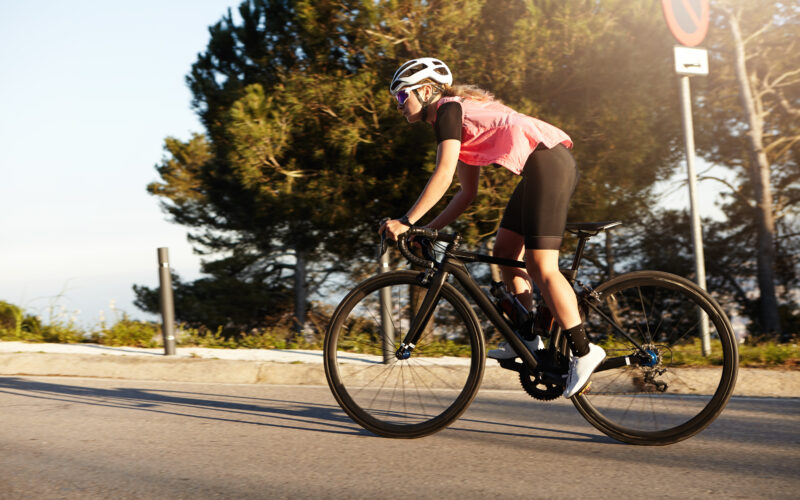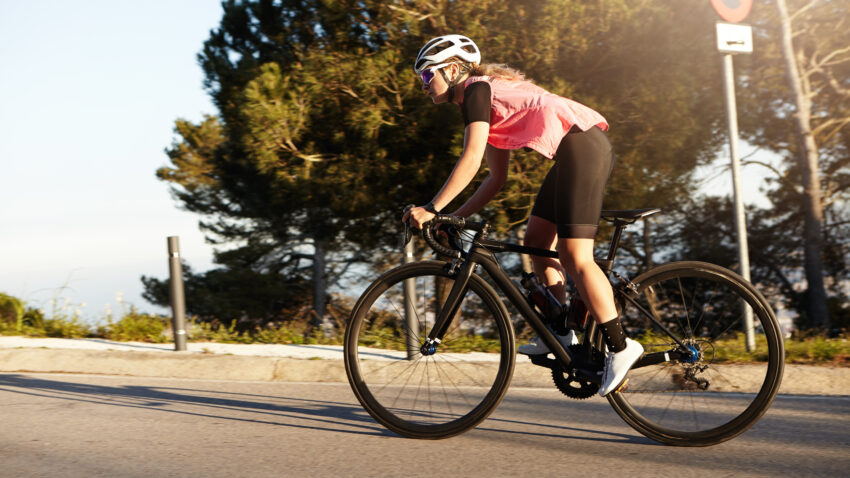What is slowing my bike down?
If you’ve been riding your road bike for a while, you might from time to time experience the feeling that something is holding you back and you might ask the question – What is slowing my bike down? It could just be you, as you age, but there are also a few other reasons you could be going slower.
Here are some of the more common things that could be causing you to go slower, and some potential remedies.
Bottom Bracket wobble
Do you sometimes feel your bike is rocking more than it used to when you pedal, or is there a faint knocking sound for every pedal revolution?
It’s possible that your bottom bracket is loose or even needs replacing. What is a bottom bracket I hear you ask? It is an often discussed part of the bike, but most people have never even seen theirs. That’s because it’s hidden between your pedals in the frame of your bike and is effectively the axle.
Over time, the bearings inside it will become worn and potentially need replacing. This is more likely if you ride in inclement weather because grips and water can enter the bottom bracket and cause wear and tear. For some, it might be the bearings that need replacing or even the whole bottom bracket.
The good news is, that once you replace the bottom bracket, your bike will feel amazing!
Deflated tyres and punctures
If your road bike tyres are not pumped up regularly to their optimal PSI, they will definitely be slowing you down. Your tyres will also be more susceptible to punctures and will wear faster.
On the sidewall of all bike tyres is a recommended PSI (pounds per square inch). This will usually be expressed as a range, like 90 to 110 PSI for a road bike tyre. The number you choose will depend on your weight, the road conditions, the weather conditions and more. I generally recommend you choose a number in the middle of the range provided but you can experiment with the best option.
I inflate my road bike tyres once a week because they gradually lose air and I want to gain the optimum from my tyres. If your tyres are not inflated enough, they ‘spread’ further and make punctures more likely. They also wear faster. Plus, they slow you down!
Gears that don’t change smoothly
Bike parts, and particularly the moving parts like the chain and cassette wear over time and need replacing. The cassette is the rear gear cluster. If either or both of these parts are worn you will be going slower, and you’ll also be wearing out the more expensive parts like the derailleurs and front cogs, also called chainrings.
Your bike chain stretches over time which means it’s not operating at its optimum and causing the other parts to wear. I generally change my chain about once a year or 5,000 to 6,000 km of riding, but you need to base yours on your situation. I have a chain checker tool that allows me to measure if my chain has stretched and needs replacing.
If you don’t have a chain checker, take your bike to your local bike shop and they’ll check it for you, and then replace it if needed. And while you’re there, get them to service the rest of your bike at the same time.
It’s also important to use your gears efficiently. Read my previous blog post about gears.
Outgrown your wheels?
Most entry-level and even mid-level bikes come with basic wheels. They probably feel pretty good to start with, but if you want to go faster, replacing your wheels with higher-quality ones will definitely allow you to quicken your rides.
That’s because better wheels are made of lighter materials like carbon and have higher quality parts like the hub and bearings. This makes them run smoother, lighter and consequently faster.
If you want an upgrade for your bike that will make a big difference without you having to buy a new frame, then wheels are the way to go.
Better bike fit
If you don’t feel right on your bike, and keep suffering from aches and pains, you could probably benefit from a bike fit.
Even if you did a professional bike fit a few years ago, you can find that over time your flexibility and other factors can change, so it could be time for a refresh.
Incorrect bike fit can lead to all sorts of problems – knee pain, hip pain, back pain, wrist pain. A lot of these can be fixed with a good bike fit.
And once you’ve done all the things in this article and you’re still not going faster, it might be time for a new bike, or perhaps a coach.


